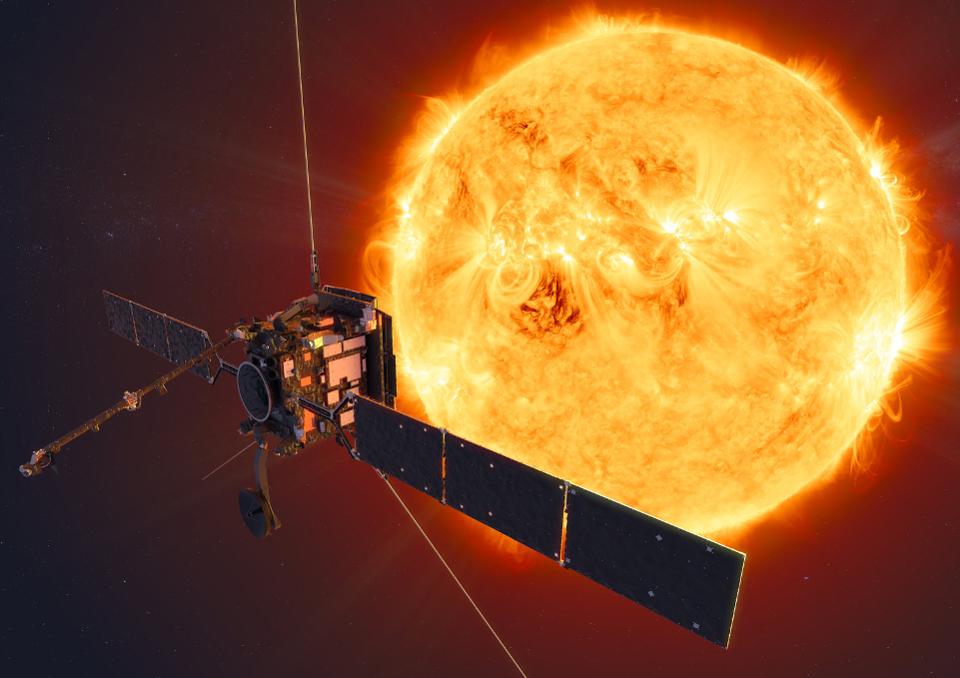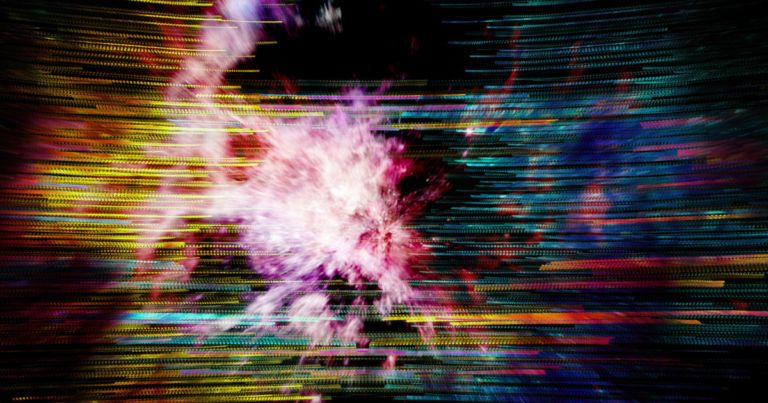Very predictable since China started offering data. It projects to 16k infected Fri and 88k next Mon Feb 3.
Does the mkt understand this growth rate? Or will it freak?
Details here
(1÷2)


Northrop Grumman was awarded a $13 million contract from the U.S. Defense Advanced Research Projects Agency (DARPA) for the Glide Breaker program. The contract provides for the research, development, and demonstration of a technology that is critical for enabling an advanced interceptor capable of engaging maneuvering hypersonic threats in the upper atmosphere.
The U.S. is bolstering its investment in hypersonic weapons, and all the major services are participating in various development programs in conjunction with DARPA. The additional objective is protecting against hypersonic weapons other countries are developing.
The Glide Breaker program was launched in 2018 as part of this hypersonic missile defense effort. This particular project is intended to defend against boost glide vehicles, which are glide bodies lofted into the atmosphere on a ballistic missile. The glide body separates from the missile and glides unpowered to its target, with the ability to maneuver and follow unpredictable flight patterns. This maneuvering capability is one of the factors that makes these types of weapons harder to defend against than traditional ballistic missiles that follow predictable ballistic trajectories.


Buildings with this concrete can—in regions with a calm mediterranean climate—absorb CO2 and release oxygen with micro-algae and the other “pigmented microorganisms” that coat it. These vertical gardens boast aesthetic appeal, but the biological concrete’s beauty also lies in its clever design.
The concrete works in layers. The top layer absorbs and stores rainwater and grows the microorganisms underneath. A final layer of the concrete repels water to keep the internal structure safe. The top can also absorb solar radiation, which insulates the building and regulates temperatures for the people inside.

After decades of not happening, fusion power finally appears to be maybe possibly happening.
The joke has been around almost as long as the dream: Nuclear fusion energy is 30 years away…and always will be. But now, more than 80 years after Australian physicist Mark Oliphant first observed deuterium atoms fusing and releasing dollops of energy, it may finally be time to update the punch line.
Over the past several years, more than two dozen research groups—impressively staffed and well-funded startups, university programs, and corporate projects—have achieved eye-opening advances in controlled nuclear fusion. They’re building fusion reactors based on radically different designs that challenge the two mainstream approaches, which use either a huge, doughnut-shaped magnetic vessel called a tokamak or enormously powerful lasers.
What’s more, some of these groups are predicting significant fusion milestones within the next five years, including reaching the breakeven point at which the energy produced surpasses the energy used to spark the reaction. That’s shockingly soon, considering that the mainstream projects pursuing the conventional tokamak and laser-based approaches have been laboring for decades and spent billions of dollars without achieving breakeven.

She is now hopeful that advances in gravitational wave astronomy will make it possible to test the predictions of massive gravity theory within the decade.
“It would be amazing if it was shown to be right,” De Rham told The Guardian. “That may or may not happen, but what will happen is that we’ll have a much better fundamental understanding of gravity and that’s just something so deep, it’s one of the big questions today.”
READ MORE: Has physicist’s gravity theory solved ‘impossible’ dark energy riddle? [The Guardian].

Key point: Washington knows it needs high-tech weapons and machines to win future wars. That includes robots to haul supplies and assist the Marines in winning any fight.
The U.S. Navy is moving quickly to develop robotic warships that could hunt submarines and other ships, screen aircraft carriers and convoys from air attack and sweep away enemy mines.
But there’s another mission the Navy should consider assigning to unmanned surface vessels, Neil Zerbe, a retired Navy officer, argued for the Center for International Maritime Security: shuttling supplies from ship to shore in the aftermath of an amphibious assault by U.S. Marines.


Along with personal jetpacks for every man, woman, and child (sure, why not), levitation is one of those conveniences that sci-fi has long promised us but has yet to deliver, other than magnetically levitating trains. But at Argonne National Laboratory in Illinois, physicist Chris Benmore and his colleagues are levitating objects with an unlikely tool: sound. It’s called acoustic levitation, and after breaking your brain with what seems to be an optical illusion, it’s poised to deliver advances in pharmacology, chemistry more broadly, and even robotics.
